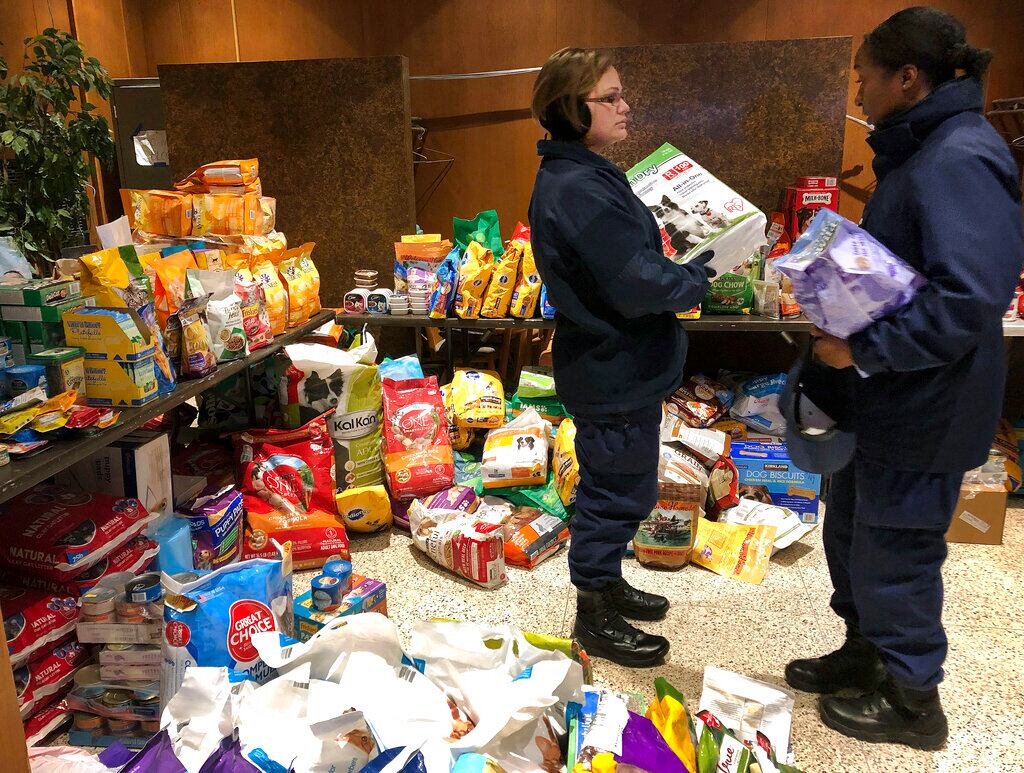The number of airmen rotating through Europe in 2016 should be "pretty much a carbon copy of this year," but that doesn't mean the same type of aircraft will return to the continent next year, said the commander of U.S. Air Forces in Europe.
For example, it is not yet clear if any F-22s will be available to rotate through Europe in 2016, Gen. Frank Gorenc told Air Force Times in a Wednesday interview. In late August, four F-22s deployed to Europe for the first time, arriving in Germany before moving on to Poland and, ultimately, Estonia.
"For me, it was very important to introduce the F-22 to see how we could fly it in the airspace and how we could support it," Gorenc said. .""Depending on their availability, we may or may not be lucky enough to get an F-22 [rotation], but, certainly, I’m working really hard to make next year a copy of this year with respect to that."
Amid rising tensions with Russia, the Air Force deployed 12 A-10s to Europe in February as part of the service's first theater-security package to the continent. TSPs are generally six-month rotations. The second TSP rotation involved F-15s.
"We used that theater-security package to fulfill training requirements with as many of our allies as possible, particularly in light of OAR [Operation Atlantic Resolve] and the assurance that we were trying to do," Gorenc said.
Gorenc said he expects a total of 12 F-15s from the California Air National Guard's 144th Fighter Wing and the Massachusetts Air National Guard's 104th Fighter Wing to rotate through Europe in early 2016 as part of a theater-security package, but it has not yet been determined which countries they will deploy to.
"The F-15 TSP that came in here [in 2015] was pretty much all over the continent, providing training opportunities and receiving some very good training," he said.
The U.S. increased rotations through Europe after Russia annexed the Crimea region of Ukraine in February 2014 and then invaded eastern Ukraine. This year, the fighting has died down as Russia has turned its attention to Syria.
Still Even though Europe is calmer, the underlying tension with Russia has not been resolved, so Gorenc feels he has a "strong argument" for requesting airmen and aircraft to rotate through Europe, he said.
"I can clearly describe the cause and effect and the ability of air to contribute to the assurance that we're doing," he said.
Russia has layered its sophisticated surface-to-air missiles in Crimea and its Kaliningrad enclave between Poland and Lithuania, Gorenc said. While these air defenses are not impenetrable, it would be a "significant achievement" to neutralize them, he said.
Rotating U.S. aircraft through Europe is meant more to demonstrate the U.S. commitment to NATO allies than to deter Russia, Gorenc said.
"I don't know if it's deterring Russia or not, but I do know that it's assuring our partners," Gorenc said. "The fact that we bring U.S. aircraft — albeit in a rotational mode — over and exercise in the robust way that we are, that's very reassuring to our allies. I see that and I hear that and our allies are grateful for it."





